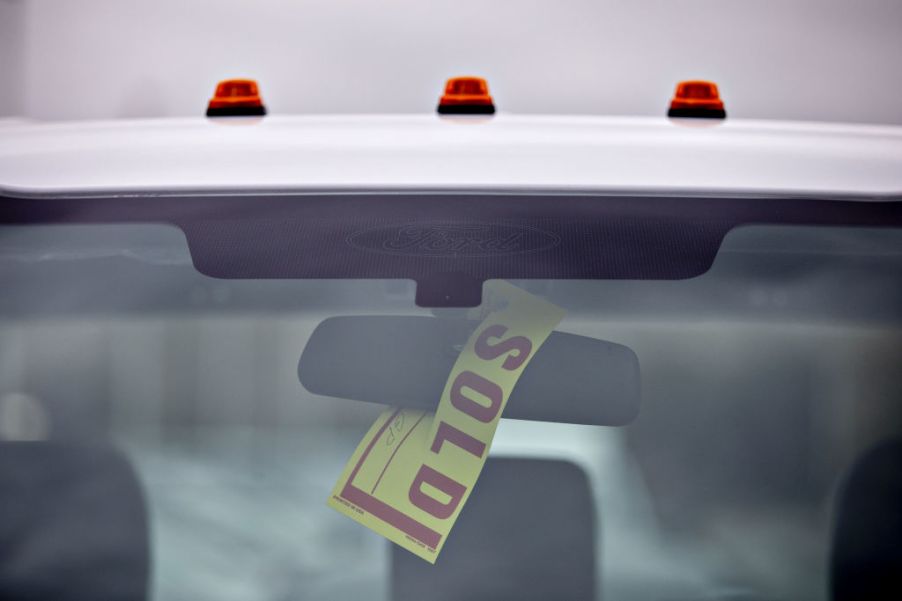
How Do You Sell a Car That Is Not Paid Off?
Car ownership can be tricky, especially when it comes to selling your car. If you’re leasing your car, then you can just give it back to the dealer or trade it in. However, if you financed it and still owe money, then the process requires a few more steps than if you actually had the title in hand. It’s not impossible, but there will likely just be a few more phone calls you need to make in order to figure out what to do with the existing loan. Here are some helpful tips.
Ask your lender for your car’s “payoff amount”
According to Nerd Wallet, the first step you need to do is find out the payoff amount for your car. The payoff amount is the amount of money that you still owe to the lender and since there is still a balance, that means that they still partly own the car. This is why lenders, whether it be a credit union, bank, or another financial institution, typically holds onto the title of the vehicle until it is completely paid off. By finding out the payoff amount, you’ll know how much money you will need to secure the title to give to the next owner.

Find out the value of your car
For the next step in the process, you will need to find out the value of your car. In order to do this, you can look up the Kelley Blue Book value or get a “true market value” from Edmunds so that you know how much to sell your car for.
Hopefully, the car has what’s called “positive equity,” which means that the car is worth more than the remaining loan amount, which in turn means that you will get money out of the sale. On the other hand, if the car has “negative equity,” that means the car is worth less than the amount that is still owed to the lender, in which case you will end up having to cover the difference. For example, if the car is worth $9000 and the loan amount is $10,000, then you’ll have to pay the $1,000 difference.
How do you cover the difference if there is negative equity?
If you find out that your car has negative equity, commonly referred to as “being upside down,” then you can either make up for the difference by paying the lender outright so they can release the title to you. However, if the amount difference is more than you can afford — $10,000, for example – then it is possible to get a personal loan to pay off the remainder.
Just keep in mind that the interest on personal loans is typically far greater than regular auto loans and you will most likely need excellent credit in order to qualify for it since it’s considered “unsecured debt.”

What if I want to trade in my car to a dealer?
If you still owe money on your current car and want to trade it into a dealer for a newer one, then the process will actually be a little easier. The dealer will get the trade-in value for your car, which is always lower than the “private party” value, and then apply the positive or negative equity onto the next car’s loan. Of course, if you’re upside down on the current car, tacking on the remaining balance onto a newer car will drive up your monthly payment. It can get expensive, but this is an easy way to get out of the car that you are currently in and into something newer.
Pay it off, if possible
As always, the best way to get out of a car loan is to pay it off, if you have the means. However, that might not always be the case. All is not lost, though, just remember to get the payoff amount and look up your car’s value and figure out what you want to do from there. It’s possible, the process just might take a little longer.



